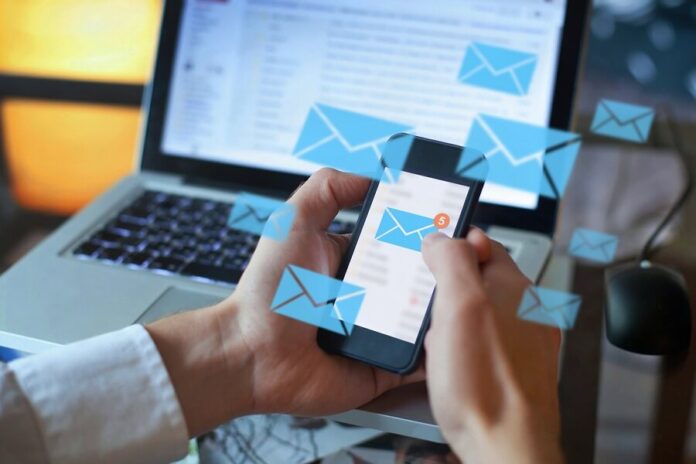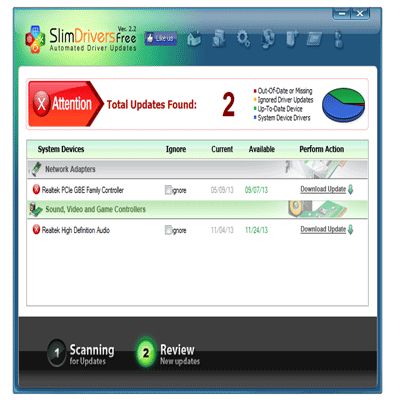In digital world, email communication plays a crucial role in both personal and professional settings. However, sending sensitive information via email can be risky due to the potential for unauthorized access and data breaches. To safeguard your emails and maintain confidentiality, it’s essential to learn how to send a secure email in Outlook. In this comprehensive guide, we’ll walk you through the process of ensuring your emails are protected using encryption, authentication methods, and best practices. Let’s dive in and master the art of secure emailing in Outlook.
Configuring Outlook Security Settings
To begin sending secure emails in Outlook, the first step is to ensure that your Outlook application is up-to-date and that you have the necessary security settings in place.
1. Update Your Outlook Version
Outlook regularly releases updates to fix security vulnerabilities and improve overall performance. By using the latest version of Outlook, you ensure that you have the latest security patches installed, reducing the risk of potential breaches. To update Outlook, follow these simple steps:
- Open Microsoft Outlook.
- Click on the “File” tab in the top-left corner.
- Select “Office Account” and then click on “Update Options.”
- Choose “Update Now.”
2. Enable Two-Factor Authentication (2FA)
Two-Factor Authentication adds an extra layer of security to your Outlook account by requiring a second form of verification in addition to your password. This typically involves receiving a code on your mobile device that you must enter to access your account. To enable 2FA for your Outlook account, follow these steps:
- Go to your Microsoft account settings.
- Under “Security & Privacy,” select “More security settings.”
- Choose “Two-Factor Authentication.”
- Follow the on-screen instructions to set up 2FA.
Setting Strong Passwords and Regularly Updating Them
Having a strong, unique password is essential for securing your Outlook account. Avoid using easily guessable passwords and opt for a combination of uppercase and lowercase letters, numbers, and symbols. Additionally, make it a habit to change your password regularly to further enhance security.
Encrypting Your Email Messages
Email encryption scrambles the contents of your email, making it unreadable to anyone except the intended recipient. This is especially important when sending sensitive or confidential information via email.
How Email Encryption Works
When you encrypt an email in Outlook, the email’s content and attachments are converted into a code that can only be deciphered by the recipient who possesses the encryption key.
Encrypting an Individual Email in Outlook
To encrypt an individual email in Outlook, follow these steps:
- Compose a new email or open an existing draft.
- Click on the “Options” tab in the top menu.
- Click on “Encrypt” and select “Encrypt Only” or “Encrypt and Prevent Forwarding.”
Encrypting an Email with Sensitive Attachments
If you need to send an email with sensitive attachments, you can ensure that both the email content and attachments are encrypted:
- Compose a new email or open an existing draft.
- Click on the “File” tab and select “Properties.”
- Click on “Security Settings” and then check the “Encrypt message contents and attachments” box.
Utilizing Outlook’s Digital Signatures
Digital signatures provide an additional layer of authenticity and integrity to your emails. They help the recipient verify that the email originated from you and that the contents have not been altered.
What is a Digital Signature?
A digital signature is a unique code that is attached to the email and encrypted with your private key. The recipient’s email client can verify this signature using your public key to confirm the email’s authenticity.
Adding a Digital Signature to Your Emails
To add a digital signature to your Outlook emails, follow these steps:
- Go to “File” and click on “Options.”
- In the Outlook Options window, select “Trust Center.”
- Click on “Trust Center Settings” and then choose “Email Security.”
- Under “Digital IDs (Certificates),” click on “Get a Digital ID.”
By following these steps, you can enhance the security of your emails and protect your sensitive information from unauthorized access. Remember that secure email practices are not just about the tools and software you use but also about being vigilant and aware of potential threats.
FAQs
Can I encrypt an email to multiple recipients in Outlook?
Yes, you can encrypt an email to multiple recipients in Outlook. Each recipient will need their own encryption key to read the message.
Will encrypted emails be automatically decrypted for the recipient?
No, encrypted emails will not be automatically decrypted for the recipient. They will need to use their private key to decrypt the message.
Can I revoke an email that I have already sent in Outlook?
No, once an email is sent, it cannot be revoked or recalled. Ensure that you verify the recipients and content before hitting the send button.
Are digital signatures legally binding?
Yes, digital signatures are legally binding in many countries and can provide evidence of the origin and integrity of the signed document.
Can I use Outlook’s encryption features for all types of email accounts?
The encryption features in Outlook are primarily designed for Outlook.com and Microsoft 365 accounts. They may not be available for all types of email accounts.
Can I encrypt all my emails in Outlook automatically?
Yes, Outlook provides an option to enable automatic email encryption for all outgoing messages. By configuring this setting, you can ensure that all your emails are encrypted by default.
Is Two-Factor Authentication (2FA) necessary for email security?
Absolutely! Two-Factor Authentication adds an extra layer of security and is highly recommended to protect your email account from unauthorized access.
Can I send encrypted emails to recipients who don’t use Outlook?
Yes, you can send encrypted emails to recipients who use other email providers. Outlook offers encryption methods that allow non-Outlook users to access encrypted messages through a secure web portal.
Are email encryption and email signing the same?
No, email encryption and email signing are different. Email encryption protects the content of your email from being read by unauthorized parties, while email signing verifies the authenticity of the sender.
Can I track my encrypted emails in Outlook?
No, encrypted emails cannot be tracked in the traditional way. Once an email is encrypted, the content is secured, and tracking features are disabled.
Can I send encrypted emails on my mobile device?
Yes, you can send encrypted emails from your mobile device if you have configured your Outlook account with encryption settings.
Conclusion
Mastering how to send a secure email in Outlook is vital in protecting your sensitive information and maintaining confidentiality. By following the outlined steps and implementing the best practices mentioned above, you can significantly reduce the risk of unauthorized access and data breaches. Always remember to stay vigilant against potential threats and stay up-to-date with the latest security measures to ensure your email communications remain secure.
Related Article:
How to Delete an Outlook Account
Outlook Data File cannot be Accessed











